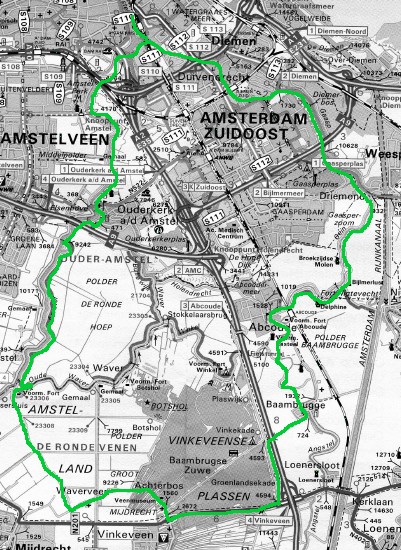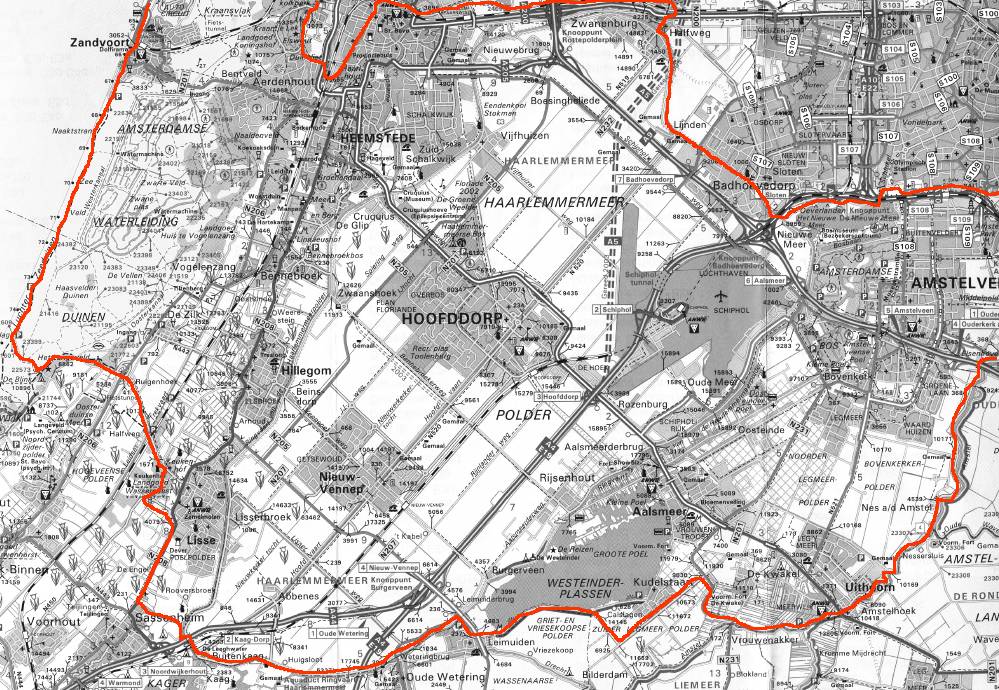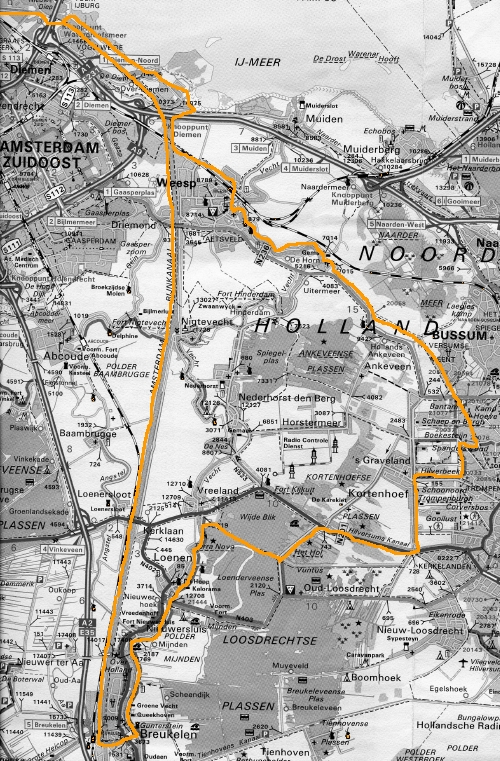Radio, podcasts, playlists and German Hörspiel
I don’t really use podcasts as such. The main reason is my dislike of Itunes – that program has simply become too big and too slow to use. I prefer Cog. Podcasts I download as I download mp3’s. I also rarely use playlists since my music doesn’t fit on the harddisk of my laptop anyhow, certainly not on my ipod, and even at home I do not always have the external harddisks connected to the laptop. I only use playlists for ‘research’. Yesterday for instance I ‘lost’ 2 hours building a chronological playlist for all the Anthony Braxton I have collected, covering the first 10 years of his career as I’d like/hope to listen through all that in the next few days.
That said, podcast-functionality is perfect for keeping track of programmes that you forget about. I for instance forget that I am interested in audio art, radio art, German Hörspiel. I don’t encounter it in the places that I visit (places = websites, blogs, real places). Yes, I would subscribe immediately if the WDR and Deutschlandradio and Cafe Sonore would offer podcasts of their programs. There is a stream of course.
(Btw: yes, I saw that remark about no podcasts for audio art, during the discussions about Radio at the Balie running at the bottom of the screen).
So here, as a reminder, when the good stuff is on:
WDR 3: http://www.wdr.de/radio/
wednesday 22.00 Hörspiel; 23.00 Studio Elektronische Musik (yes, still wednesday, I am able to remember that!);
saturday 23.00 Studio Akustische Kunst;
sunday 23.00 Studio Neue Musik.
Deutschlandradio Kultur (well, that’s what I know as Deutschlandfunk) has a Hörspiel des Monats, and – that’s a coincedence – on the 13th of May that will be a piece by Raymond Federman: http://www.dradio.de/dkultur/sendungen/hoerspiel/610766/. An overview of their Hörspiels is here: http://www.dradio.de/portale/hoerspiel/. I’m afraid I don’t see any podcasts.
Cafe Sonore is the only programme left on Dutch (national) public radio that covers the ars acustica. Here luckily we have audio on demand (but not for download): http://www.vpro.nl/programma/cafesonore/.
Just reminders to self.



